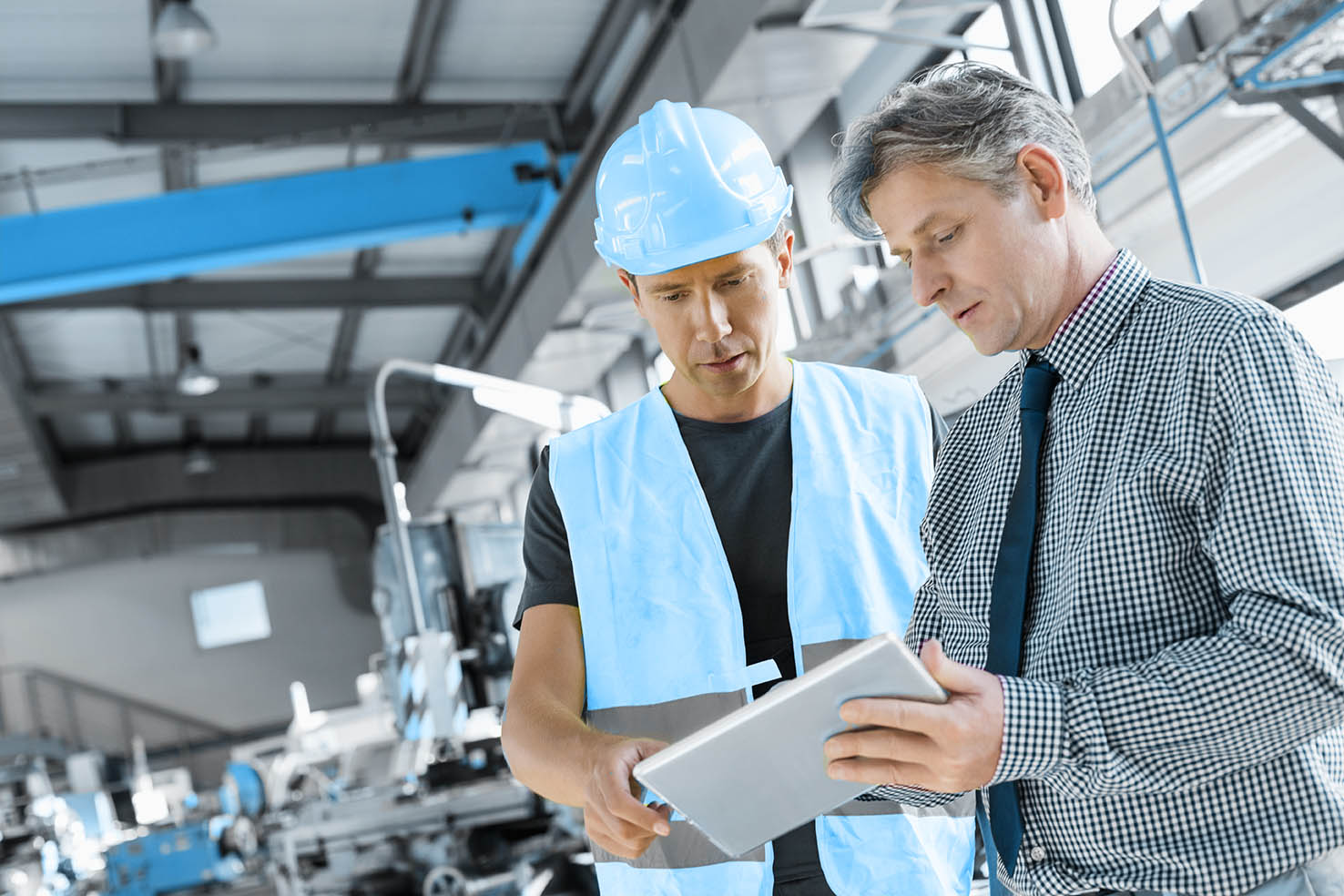How Can IT Prepare for the Future on the Shop Floor
We’ve already begun studying ways to use Augmented Reality on the shop floor. Are you ready for the future of manufacturing? By Nick Stonebraker,...
A recent (May, 2013) issue of Scientific America magazine featured two articles that got me thinking about the future of manufacturing. The first, written by David Bourne, discussed robots on the shop floor, and how science is working to integrate the capabilities of humans and robots to increase production and lower costs.
Another article by Larry Greenemeier took a close look at 3D, or additive, printing. Titled “Will 3D Printing Transform Conventional Manufacturing,” the article focused on the strengths and weaknesses of 3D Printing, and how it could be used by manufacturers in the future.
There was enough insight and information in these articles for a years worth of material! But before I could craft an opinion on robotics, I noticed my notes were filled with the word, “change.”
It’s no surprise that articles on the future of manufacturing would discuss change. But the variety of changes caught my attention. David Bourne discussed, “… the rise of custom manufacturing,” and, “… Need to modify a popular product? Human-robot teams can create custom versions of anything… without the need for expensive retooling.” The article advocates change to accommodate more change.
Greenemeier also mentions the advantages of change in manufacturing as he discusses 3D printing, “… few doubt that for customizable, small-volume applications, additive manufacturing has tremendous power,” and, “… in the case of short production runs or manufacturers aiming for more customized products.” Again and again, I saw “change” words such as customization, custom, and modify described in the glowing, utopian-like terms. It felt like a call to action.
I also found warnings and caveats in the article. Phrases such as, “… -manufacturers are often slow to adopt new technologies,“ were scattered in both articles. The authors were previewing an exciting new world for manufacturing… if only manufacturers could get out of their own way.
The article was from Scientific America, with a focus on the latest technology. The authors are an editor and a professor – advocates for technology, not manufacturing. Manufacturers are wary when it comes to new technology. New technology can be costly, with an uncertain ROI and the potential for disastrous disruption of shop floor operation. New technology carries a risk on the shop floor. For example, if humans start working more closely with machines, how many other humans will lose their job? Manufacturing industry leaders need to consider these questions before jumping on the bandwagon. An author doesn’t have that responsibility.
We all know manufacturing is changing – and changing much faster now than ever before. Custom manufacturing, with individualized mass production and smaller runs, are commonplace. Mobile manufacturing, work plans on tablets, collaborative manufacturing, paperless manufacturing, MES and the cloud are all making their mark on the shop floor. There are shorter innovation cycles, more change orders and greater customer input on production. New technology always precedes shop floor changes. 3D printing is coming. Robotics is moving to the shop floor, and humans and robots will work together to deliver greater shop floor efficiency.
Reading these articles, I’m excited by the cool new technology, even a little scared and protective of the shop floor. I’m indignant at the criticism leveled at manufacturing by the authors, but I can’t help but wonder if the criticism is true. There are questions we should be asking ourselves:
I don’t think there are easy answers to these questions. In fact, after reading these articles in Scientific America, I don’t even know if they are questions we can answer yet, but they need to be asked. Maybe we write the questions on a sticky note on the bottom of our computer screen as a reminder the future is coming, and it will look different than the world we live in today.
As you begin contemplating change in your shop, think about how you can make change work for you and your business. Change is coming, the question is- can you make it work for you?

We’ve already begun studying ways to use Augmented Reality on the shop floor. Are you ready for the future of manufacturing? By Nick Stonebraker,...

While many make-to-order manufacturers are highly successful at guiding the economic side of their businesses, most have yet to discover the secret...

The majority of manufacturers schedule their daily work one of two ways: color-coded spreadsheets or magnets on dry erase boards. It isn’t ideal, but...